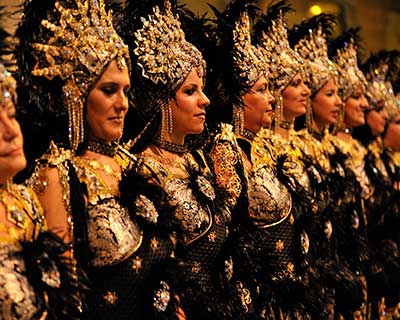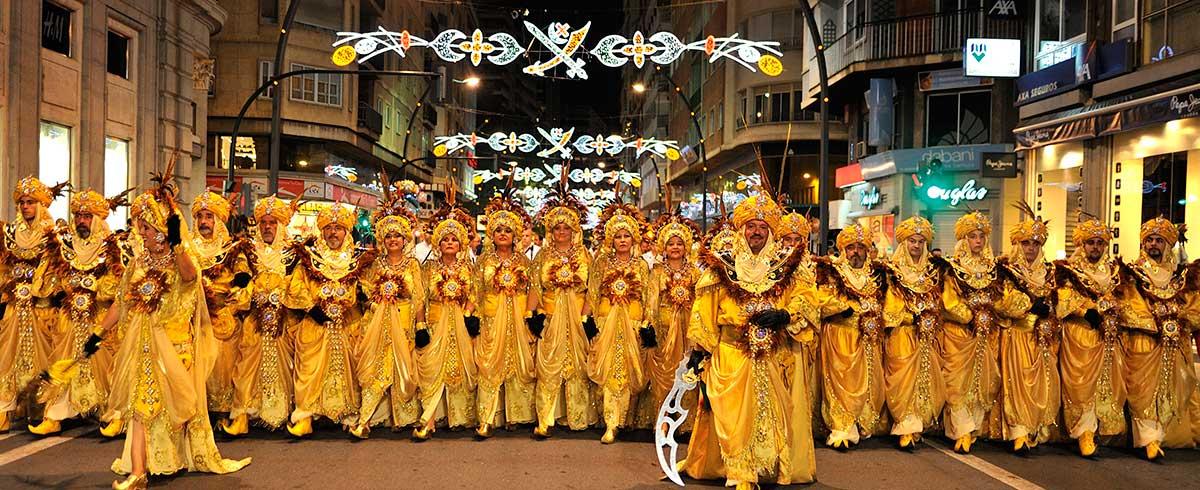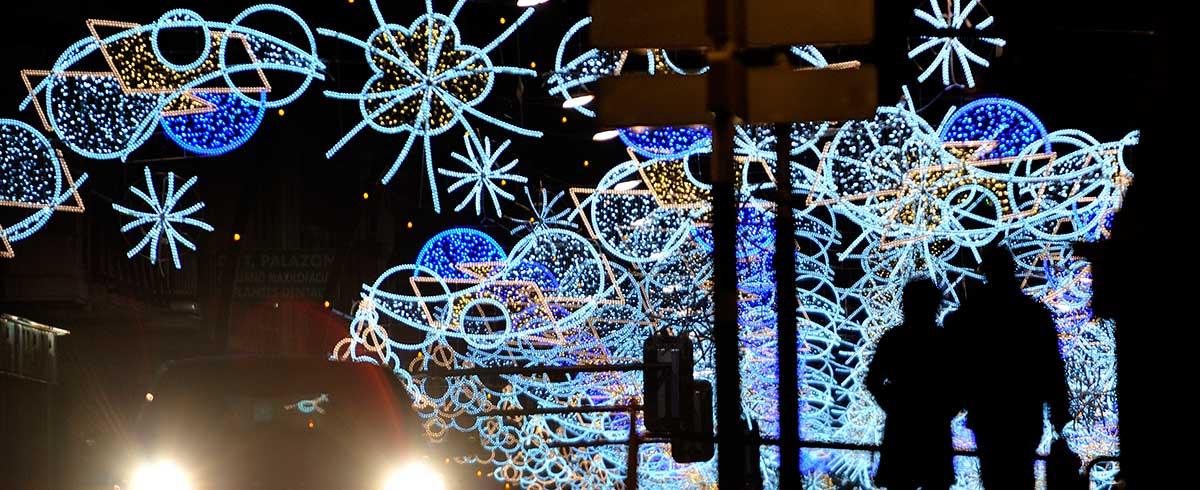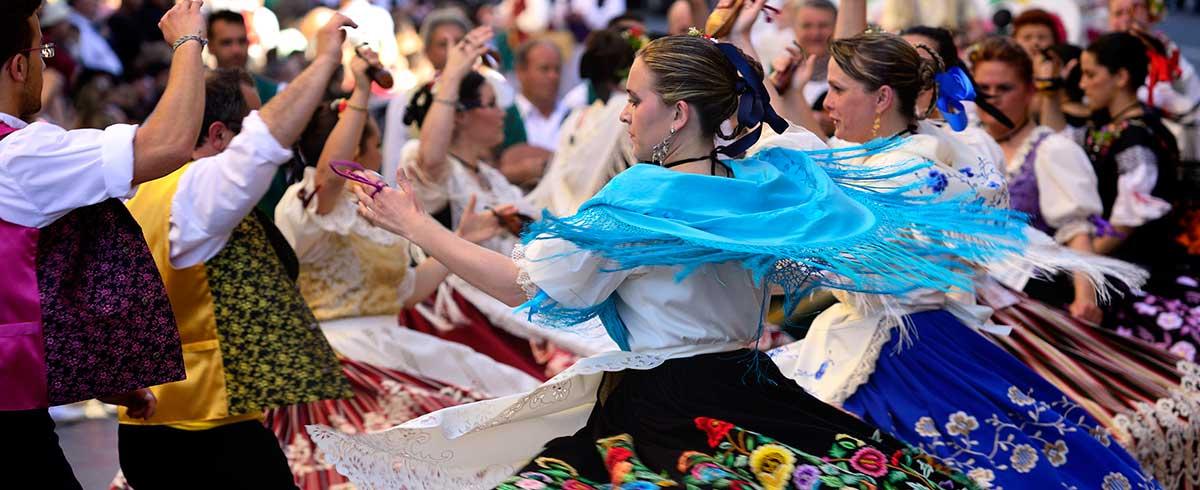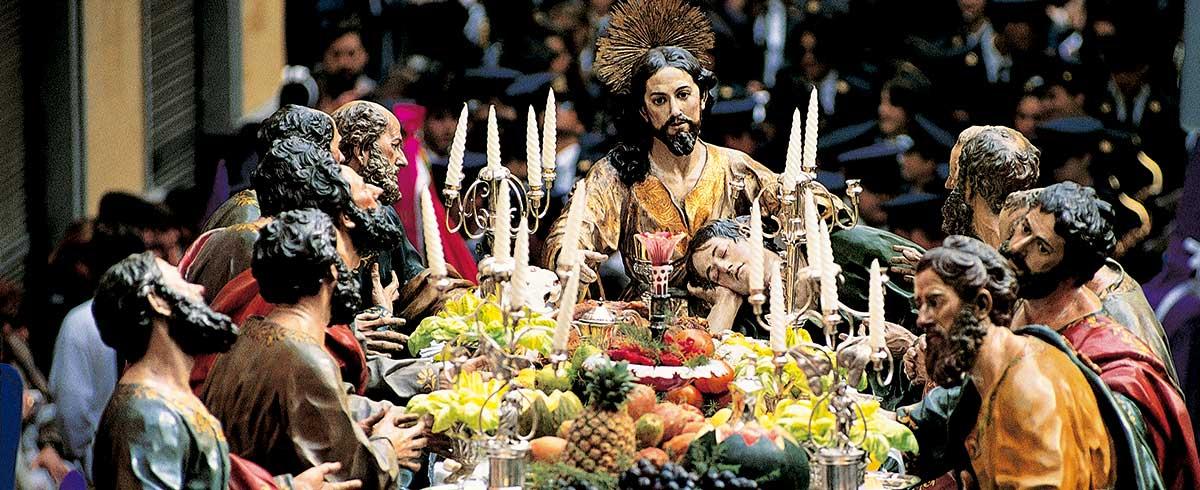HOLY WEEK
Festival declared of International Tourist Interest
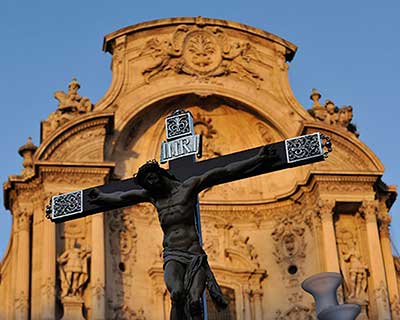
Holy Week in Murcia is a explosion of beauty, excess and passion. The processions express the Murcian way of being and feeling, their love and their faith.
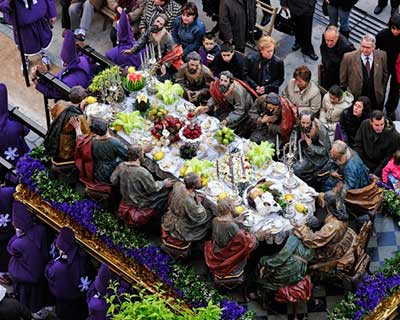
Each procession has its own identity that differs from the rest: from the recollection and solemnity of the Christ of Faith and Christ of Refuge - Procession of Silence - to the explosion of colour and beauty of Christ of the Blood -The Coloraos, or “reds” - and the Brotherhood of Our Father Jesus - The Salzillos. This is a Holy Week very different and unique from any other, a one-of-a-kind in the whole world, and one of the aspects that most defines the city and its festivals.
A visit to Murcia in Holy Week means viewing the artistic treasures of the pasos, the impressive processional floats that turn the streets into open-air museums. But it also means viewing images that, the rest of the year, remain closed up inside convents.
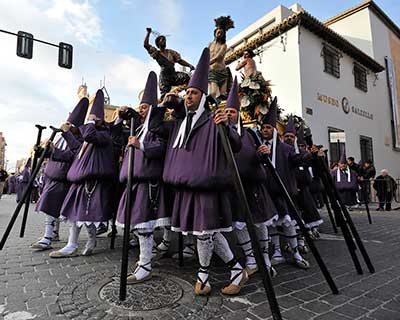
This generosity is one of the hallmarks of Murcians, something that is very evident in the processions, most of which hand out sweets, hard-boiled eggs and a myriad of other treats to spectators. It is undoubtedly one of the most stand-out attractions for visitors.
From Friday of Sorrows until Easter Sunday, you can enjoy dozens of events, from image displays to processions. With one exception, every brotherhood has a procession once each year.
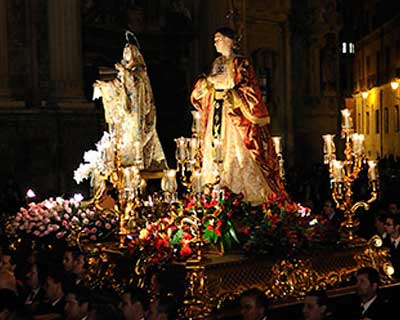
The beauty of their images is another attraction of Holy Week in Murcia. As well as the works of the finest mind of the Spanish Baroque, Francisco Salzillo, there is his father Nicolás, his best disciple Roque López, and the magnificent anatomies of Alsace sculptor Nicolás de Bussy. Salzillo also began an artistic tradition in Murcia that still persists today, with great contemporary sculptors still creating pasos for the Murcian brotherhoods.
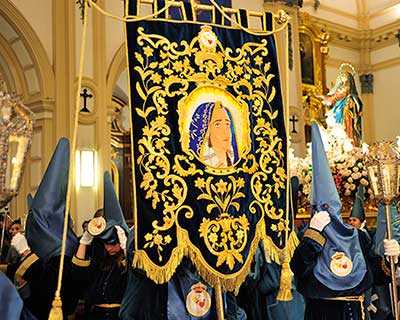
Also of note is the age of some of these sculptures, such as the Cristo de la Salud, which dates back to the late 15th-early 16th century, and the great emotion aroused by some of these images, around which a whole series of devotional acts with great citizen participation have developed, as is the case with the Cristo del Amparo and the Christ of Forgiveness.
Being in Murcia in Holy Week fills all your senses with emotion, beauty, joy and devotion.
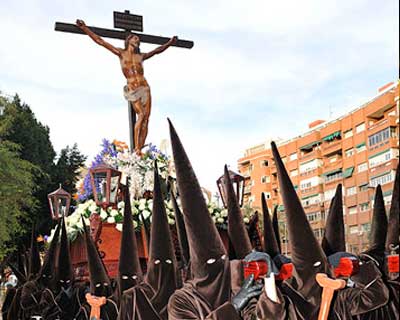
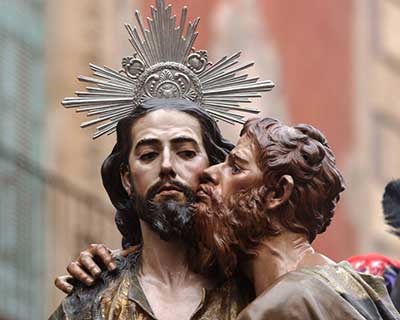
BANDO DE LA HUERTA
Festival declared of International Tourist Interest

The Murcian festival par excellence. It is always held on the first Tuesday after Holy Week, Easter Tuesday, and begins the Spring Fiestas. It is a day of celebration of huertana traditions, so closely linked to the history of the city itself.
The city becomes one big Huerta for a day, in which tens of thousands of people in regional dress descend on the streets. The men in zaragüelles (trousers), vests and monteras (caps), and the women in refajos (skirts), aprons and shawls. What most characterises and differentiates huertana clothing is the richness of its embroidery, and the number of adornments that the complete the look.
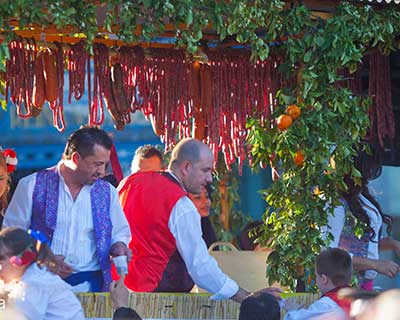
The day of the Bando is an explosion of colour and joy, in which all the city and the Huerta takes part, either in the parade or as part of the crowd. No visitor can escape the joy and elation of the day, nor can they help but feel happy to take part in an event of this magnitude.
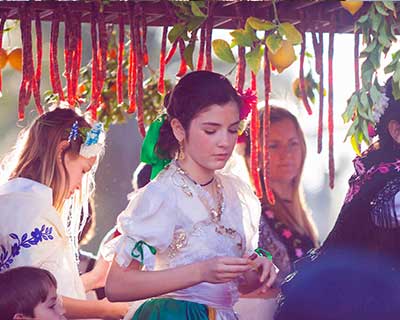
In the most important plazas and gardens, during the days that precede the parade, the peñas huertanas - groups of people from the Huerta - set up their famous “barracas” or huts. Open from the final procession on Easter Sunday until the following Sunday, they offer traditional Murcian cuisine, put on folkloric performances and recreate the dwellings and ancient customs of the Huerta. They are open to the public throughout the week, but on the most popular days of the festivals it is advisable to book in advance to eat.
In order not to forget our huertano past, the peñas huertanas play a major part in the proceedings and take significant names such as La Seda (The Silk), El Tablacho (dam gate), La Esparteña (typical huertano shoe), El Zaragüel (typical huertano trousers), El Azahar (orange blossom), among others.
The day begins early with a floral offering to the Virgin of the Fuensanta, patron of the city, left in front of the Baroque façade of the Cathedral. In the afternoon, the parade sets off from the Infante Don Juan Manuel neighbourhood and moves through the centre of the city, handing out the products which fill their floats.
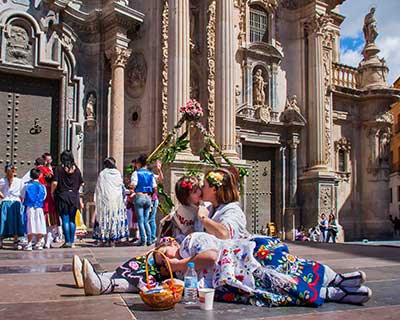
Yet another sign of Murcian generosity.
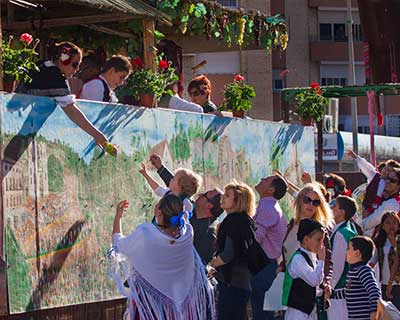
The origin of this festival dates back to 1851, though it has been held on approximately 120 occasions. In its early stages it may have been closely linked to the city’s carnival celebrations.
The Bando de la Huerta has a junior version, usually held on Easter Sunday in the afternoon, in which kids can recreate the grown-up procession, where they have a number of floats and give out sweets to the spectators.
BURIAL OF THE SARDINE
Festival declared of International Tourist Interest
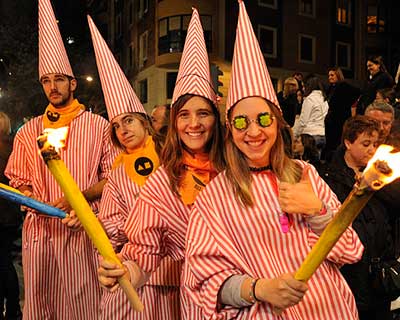
This unique and original fiesta takes place on the Saturday after Easter Sunday. Together with the Bando de la Huerta, it is the other major Murcian festival, and also marks the city’s Spring Fiestas.
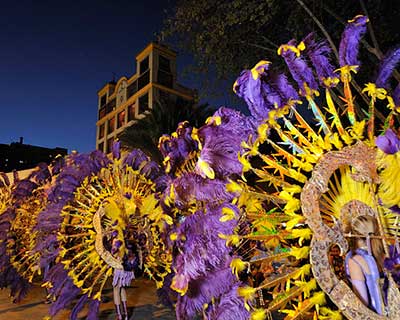
The Burial of the Sardine is a magical, unmissable event. This pagan celebration mixes mythology, fire, and above all, an overflowing joy that pervades every corner of Murcia.
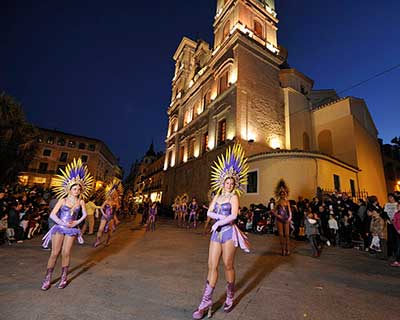
The parade itself is several kilometres long, and consists of two different parts. The head has brass bands, dancers, all kinds of groups to liven up the party, a Chinese style dragon which has impressed spectators for decades by breathing fire, people on stilts, or giants, and people wearing huge heads (cabezudos). The second part is made up of floats adorned with Greek motifs and dedicated to the Olympian Gods, which accompany the Sardine until it is burned next to the Town Hall. Thousands of toys, of all shapes and sizes are given out from the floats, the most notable being the overused whistle!
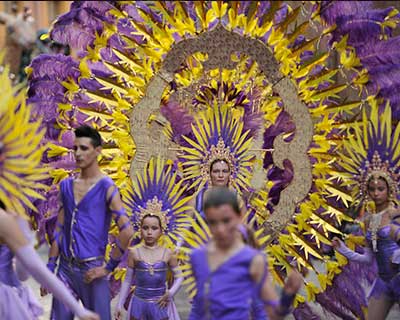
The festival is organised by the “Grupos Sardineros”, who stir the city into excitement with their parades in the days leading up to the event. This is particularly true of Saturday morning on the boulevard Alfonso X el Sabio, where a widely attended and informal parade takes place.
On that day, Murcia receives tens of thousands of visitors from across the region and many other provinces, enticed by a fiesta that fills the city with joy and fun for all.
At the end of the parade, at no fixed time but usually in the small hours, the sardine, a cardboard-stone sculpture similar to the fallas, is burnt in a purifying fire under a spring sky lit by an impressive fireworks display.
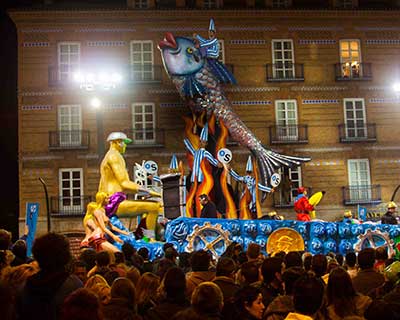
The Burial of the Sardine is accompanied by a variety of festivities that take place during the Spring Fiestas, the most notable of which is the Will of the Sardine. The night before the parade, Doña Sardina, represented by a woman chosen by the “Sardineros”, reads the Last Will and Testament of the Sardine from the balcony of the town hall, making humorous references to public events and characters.
The origin of this festival in Murcia dates back to the 19th century, where it used to precede Lent. Over time the date of its celebration moved to the city’s week of celebrations, but it has not lost its carnival spirit.
SEPTEMBER FERIA
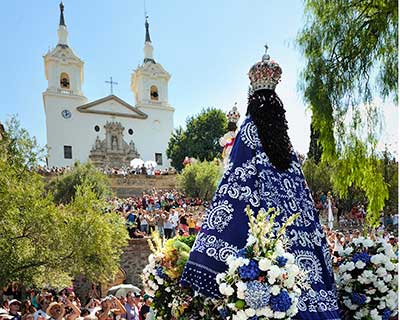
This fair is held in the first fortnight of September, granted by King Alfonso X the Wise, and takes in a wide range of celebrations. These include the fun fair, the bullfighting fair, the cattle fair, the Moors and Christians fiesta and the Pilgrimage to La Fuensanta.
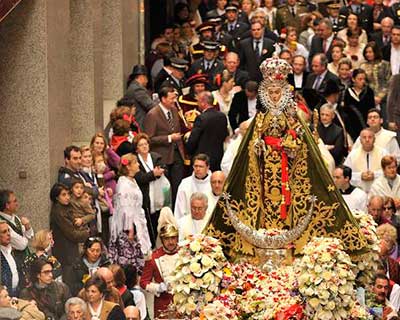
The Moors and Christians commemorates the founding of Murcia by the Moors and the conquest of the city by Alfonso X the Wise. Throughout the period of the fiesta, they set up their camps (kabyles and mesnadas) on the Paseo del Malecónen, which can be visited in the evening for a drink. They also parade on several occasions with their “armies” through the centre of the city. Their eye-catching clothing together with the gun powder and the music, add a touch of historical colour to the September Feria.
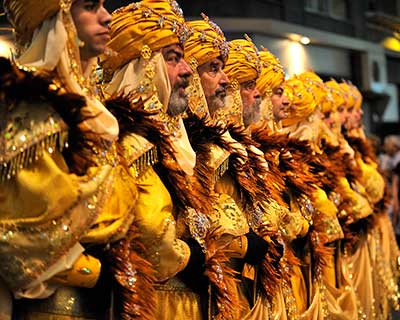
The September Pilgrimage extremely well attended, as well as historical. It commemorates the solemn coronation of the Virgin. The pilgrimage accompanies the city’s patron saint, the Virgin of La Fuensanta, to her sanctuary. This is always a local holiday in the city’s calendar, which, together with the great participation and rejoicing, makes it one of the most important holidays in Murcia.
Over the course of the Feria you can also enjoy the big funfair at La FICA, as well as the various bullfighting events and traditional huertana food that can be sampled on Paseo del Malecón at the Huertos areas.
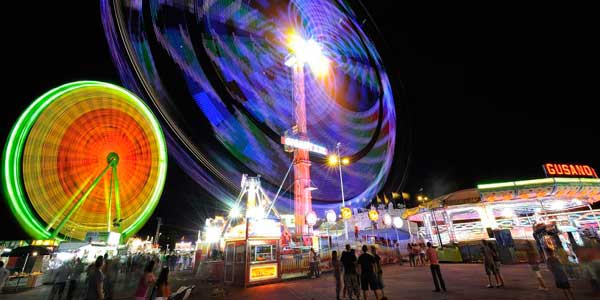
THREE CULTURES MURCIA
Murcia can boast of being a place in which various peoples and cultures have coexisted peacefully over the course of its history. This is what happened in the Middle Ages with Islamic, Jewish and Christian cultures.
This example of coexistence and tolerance is recalled during the month of May with the Three Cultures Murcia Festival, through a series of artistic events: a large number of concerts, mostly free, fill the main streets and plazas of the city.
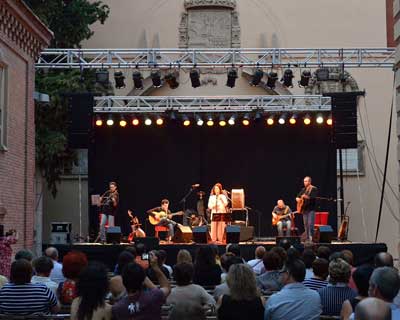
There is also theatre, films, exhibitions, conferences, various public shows and a huge variety of artistic events deeply rooted in Islam, Judaism and Christianity; cultures that coexist in the Mediterranean and that historically, have shaped the appearance of the city and the opening and welcoming character of Murcians.
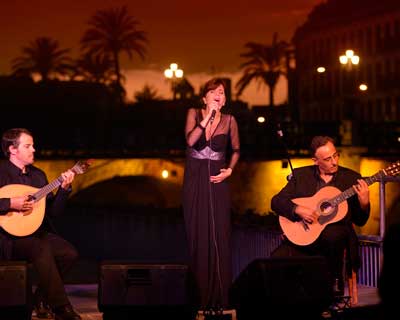
May’s excellent weather encourages families to come and enjoy this festival, which each year attracts more and more visitors from outside of the Region of Murcia. It is now one of the best world music festivals in Spain.
CHRISTMAS
The Christmas period in Murcia fills the city with countless events designed to be enjoyed by all the family. Museum workshops, the craft fair, various nativity scenes, countless religious events, and the Three Kings Parade.
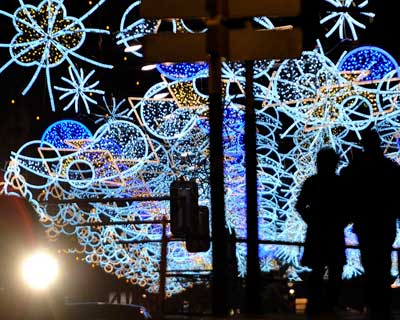
The calendar of festivities in Murcia starts at Easter. The Christmas festivities begin with the “Cuadrillas de Ánimas” and “Campanas de Auroros”, pious brotherhoods who walk the paths of the Huerta on Christmas Eve, under the protection of the Virgen del Rosario de la Aurora, asking the neighbours for the “aguinaldo” and announcing the birth of Jesus.
On Epiphany we have the Mystery plays, ancient religious dramas put on by the residents of some nearby towns, especially Churra and Patiño.
The craft fair is located on Paseo Alfonso X up to Puente de la Constitución, offering visitors the chance to buy typical Murcian products, from sweets and cheese to nativity scenes.
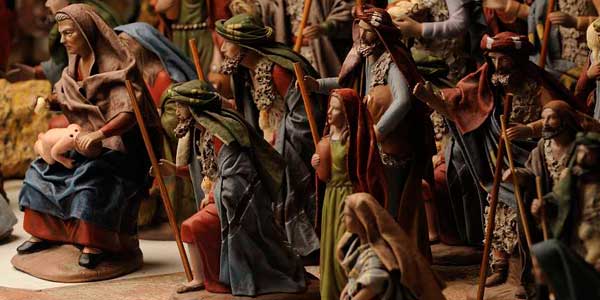
Murcia’s plazas and churches are also full of nativity scenes - the belén tradition of Murcia is famous worldwide. There are markets, and the traditional Three Kings Parade is also held, together with other festive events to bring together friends and strangers.

The City Council also runs a comprehensive program of activities for children, allowing them to enjoy the main spots around the city free of charge.
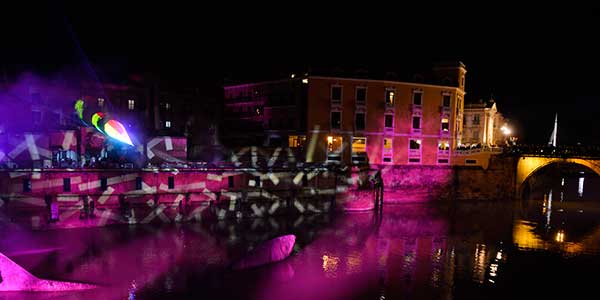
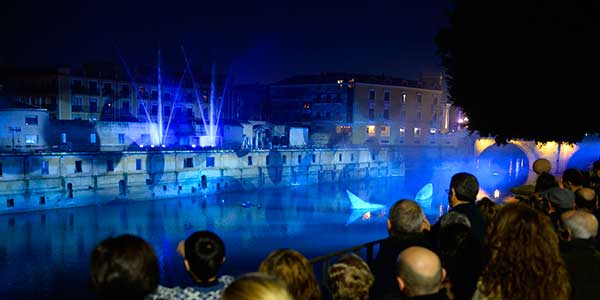
MOROS AND CHRISTIANS
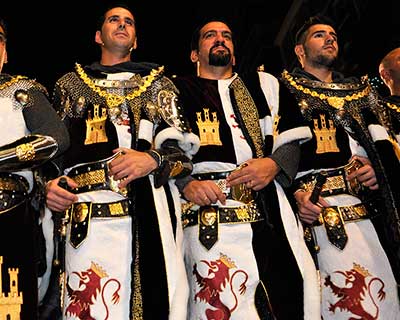
The festival of Moors and Christians of Murcia was conceived during the commemorative events of the 1150 years of the Foundation of Murcia. Two years later, in June 1983, the Association of Fiestas was created and that same year, in September, the parades began.
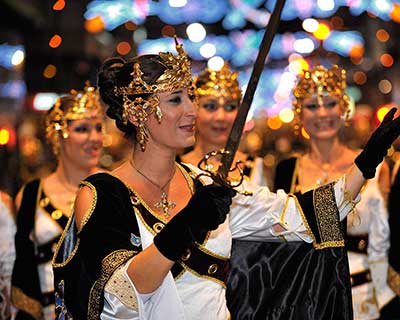
Five were the founding groups of this Association: Mudéjares, Abderramán II, Ib-Arabí, Aben-Mardenix, for the Moro side; And, the Knights of the Temple, by the Christian.
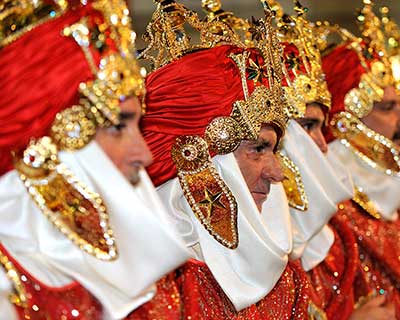
In that first parade of the year 1983 was received the support of groups coming from Abanilla and Orihuela.
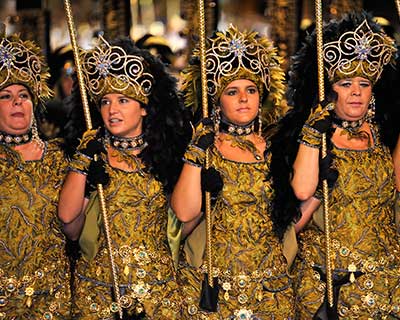
Throughout these years of existence, more Groups have been created, this Federation being, at the present time, composed of eight kabbalists and seven mesnads.
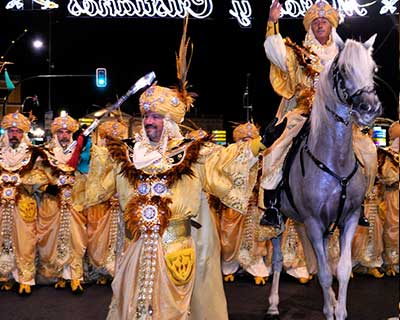
Although the festive Murcia program extends over eight days, which are always the previous to the pilgrimage Septembrina, the Virgin of the Fuensanta, we can say that the Trilogy Festera murcia is centered on Saturday, Sunday and Monday before the cited Pilgrimage.
